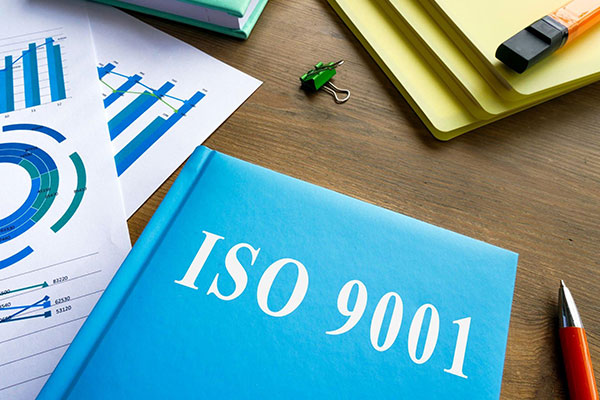If you are a business owner questioning if your potential supplier is appropriately ISO-certified, you can ask for their certification. Your supplier should be able to send their ISO certification via email in a file attachment, as the majority of the certification bodies nowadays provide a PDF version of the certificate. Once you have received your email from your potential supplier, it
is essential to check if the ISO certificate is valid.
Another situation in which you may want to check the validity of an ISO certification is if you have
recently undergone a certification audit and are uncertain about the authenticity of your received
certificate. Irrespective of the situation that you are in, this article will teach you how to find out if
an ISO certificate is valid.

What is an ISO certificate?
Although, if you are reading the article, you already have a good idea about what an ISO certificate
is. However, if you are in the market looking for potential suppliers, you should know the difference
between being ISO-compliant and ISO-certified.
Any organisation can become ISO compliant by simply implementing the recommendations of their chosen standard within their company, thereby creating a management system. Unfortunately, since this is a self-declaration, there is no authenticity guarantee. Thankfully, ISO certifications exist and provide a stamp of approval for organisations.
Organisations only acquire ISO certificates after they clear an external audit. This external audit is conducted by an unbiased accredited body that reviews the organisation’s documents and management system to deem them compliant or non-compliant. you can learn on ISO 9001 certification landing.

ISO 9001 validity
Many people do not realise that when a certificate is granted, it only remains valid for three years. Additionally, to maintain the certificate’s validity, organisations must undergo surveillance audits. Surveillance audits are similar to certification audits, except that they occur annually and are less extensive.
If an organisation does not perform well in a surveillance audit or non-conformances are found that could potentially lead to the failure of the management system, its certificate is suspended. So, examples of instances that could lead to the suspension of a certificate include the lack of a clearly defined quality policy, improper quality manual, and inadequate quality objectives and targets. Additionally, if the auditor finds that the management was not appropriately involved in creating the quality policy, it can lead to non-compliance and suspension of the certificate.
Similarly, if skill gaps are found or process owners are found to be incompetent in handling the Quality Management System (QMS), it can lead to the suspension of ISO 9001 certificate.
How to find out if an ISO 9001 certificate is valid?
There are a few ways to check if an ISO certificate is valid. They include:
On the International Accreditation Forum (IAF): As of 2020, the International Accreditation Forum
has released an online register that is globally accessible, where any ISO certificate can be verified.
All you need to know is the business name of the organisation. It is as simple as going to the search
bar, typing the business name, and pressing enter.

If the business is certified, its name will popup, and you can click on its listing to validate the current status of its certificate. This is the simplest method of verifying if an ISO certificate is valid.
On the regional online register: If you are in Australia, you can go to the JAS-ANZ website and
type in the organisation’s name and country to find the certificate’s validity.
From the accreditation body website: To access the ISO certificate’s validity, you can go to the website of your chosen accreditation body. This option is not always available and
depends on your chosen organisation.
Importance of a valid ISO 9001 certificate
Any organisation can enjoy certain benefits by simply implementing a QMS based on the recommendations of ISO 9001. These benefits include leaner processes, greater efficiency, lesser waste, and maximised savings. However, suppose you want to enjoy the entire range of benefits that ISO 9001 offers. In that case, you need to undergo an external audit, acquire a valid certificate and undergo annual surveillance audits to maintain its validity.

Such benefits include increased brand credibility, enhanced customer loyalty, access to international markets and more significant customer acquisition. When you fail to implement a surveillance audit, and your validity expires, customers see it as a lack of effort on behalf of the organisation. Customers understand that organisations need to invest time, effort and resources to maintain their certificates. In simpler words, losing validity equates to losing credibility.
Conclusion
To check the validity of your ISO 9001 certificate, the simplest method is to go to the IAF website.







